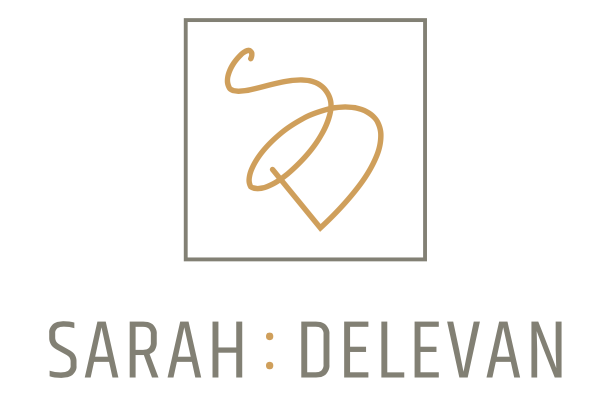Are you considering taking on debt in your food business?
want some advice on whether taking on debt is a good idea?
I often get asked if taking on debt is bad for food businesses, and like so many things in business… IT DEPENDS.
Every business is unique, and business situations are unique.
But there is a universal checklist that all business owners can use to help you make the right decision.
If your goal is to create a sustainable business that minimizes risk and grows profitability, and you’re considering taking on debt to make a purchase, or opening a line of credit, this checklist is designed just for you!
#1 Determine if the debt you’ll be taking on is considered to be “Good Debt” or “Bad Debt”
Good Debt is considered to be an investment in your business future, and typically is an investment that will retain or increase in value over time.
Bad Debt is investing in something you don't NEED, doesn't help you build your business, and loses value over time.
For some decisions the answer will be cut + dry.
Others (like purchasing a vehicle) are more nuanced.
To dive a bit deeper into Good Debt vs. Bad Debt, check out this blog post from CPA Melissa Houston.
If your reason for taking on debt falls into the Good Debt category, by definition move on to #2
#2 Remember Your Business Objectives
Is your food business objective to Increase Sustainability or Profitability? Increase Efficiency? Grow Sales in a Particular Business Line?
Getting clear on what you want or need to achieve in your business to be successful allows you to identify the right goals to focus your attention on, as well as the actions, activities and efforts that will help you achieve your objectives, and the ones won’t.
Remembering your business objectives and top 3 goals often makes decisions that seem “big” or difficult quite easy to make.
#3 Determine if the Debt will move you closer to your business objectives
ASk yourself: WILL this purchase, or will access to this line of credit be used to purchase, things that will move me closer to achieving my food business objectives?
When answering this question it is important that you are honest with yourself and that you do the work to identify real problems that must be solved, rather than symptoms of problems.
For example, If your business objective is to improve profitability, you must get to the ROOT of why the symptom of low profitability is showing up in your business. Are your sales too low? Are your costs too high? If the true cause is low sales numbers, why are sales low? Is it Lack of repeat business? Lack of audience? Incorrect message?
Investing in hiring a sales person or team, or ramping up social media + marketing for a product with the wrong message won’t get you the results you desire.
When you identify the real problems in your business you can ensure that you are investing in real solutions.
IF you’ve determined that the purchase or line of credit will solve a true problem in your business and move you toward your business objectives, move on to the last step.
#4 Consider the 2nd order consequences of your decision, financially and otherwise for the business
We can control the decision that we make, but we can’t control what happens after our decision is made.
This step is an incredibly important exercise in considering the possibility of things not turning out exactly as you plan.
It is the step that most business owners fail to consider (including yours truly) that results in financial loss.
Ask yourself the following questions…
What is the up side?
What is the downside? (What could go wrong?)
Can I live with the downside?
I recommend talking through #2 with someone else, and remind you to consider the monthly + long-term financial impact it will have on your business, particularly if things don’t work out as planned, as well as who and what it will affect within your business + how.
Weigh the positives and negatives and make a decision based on the information you’ve laid out. Determine if you can live with (and afford) the downside.
Decisions like this often feel like they need to be made quickly.
But I promise you that thinking through this debt decision checklist and taking your time in the decision making process will produce a better long-term result.
The less emotion and time play into your decision, the better.
Having a Profit Plan is also helpful in this process and allows you to run various financial scenarios related to your decision.
Visit our website to learn more.
AND OF COURSE, THE PROFITABLE FOOD BUSINESS COMMUNITY IS ALWAYS OPEN!



















